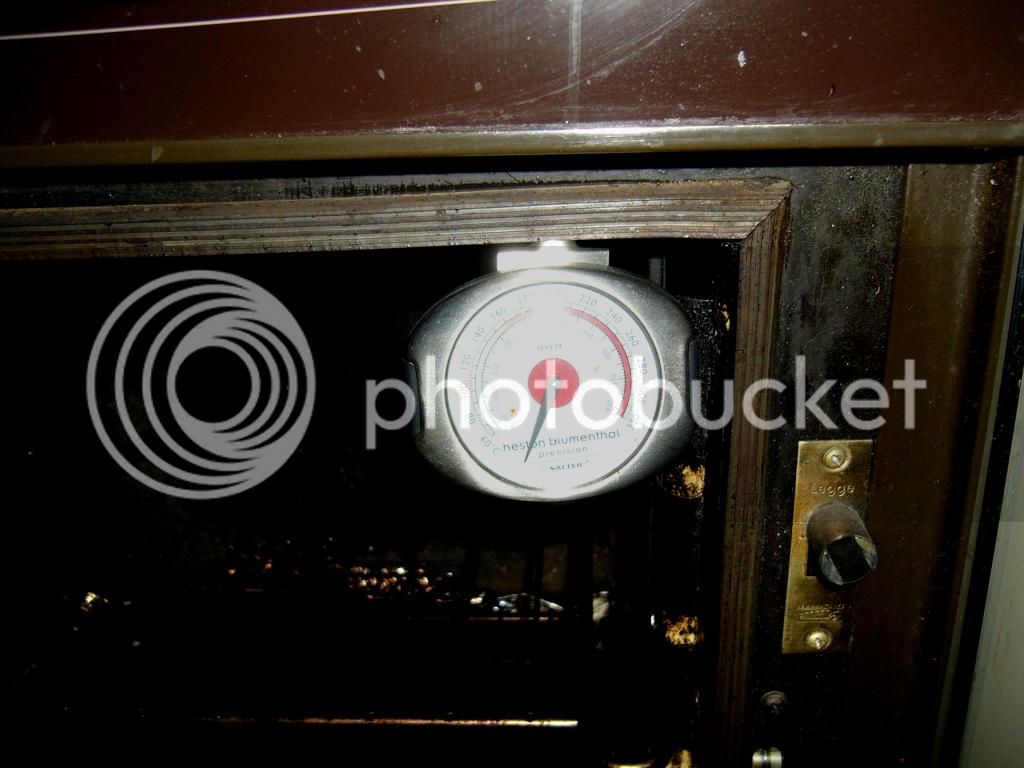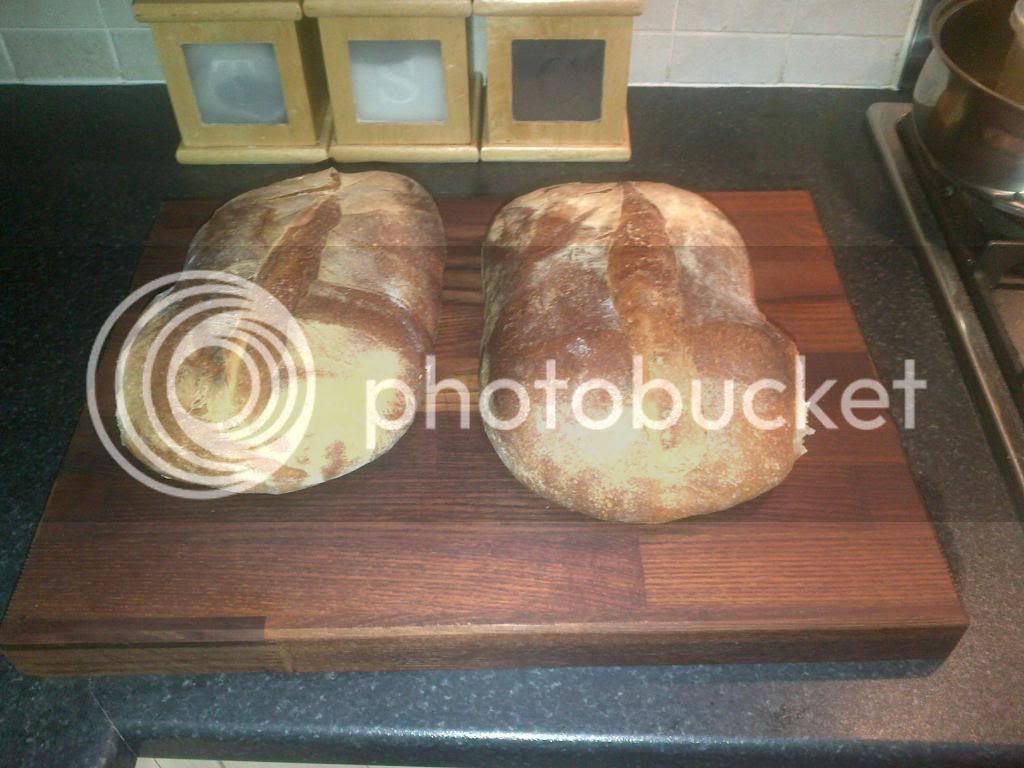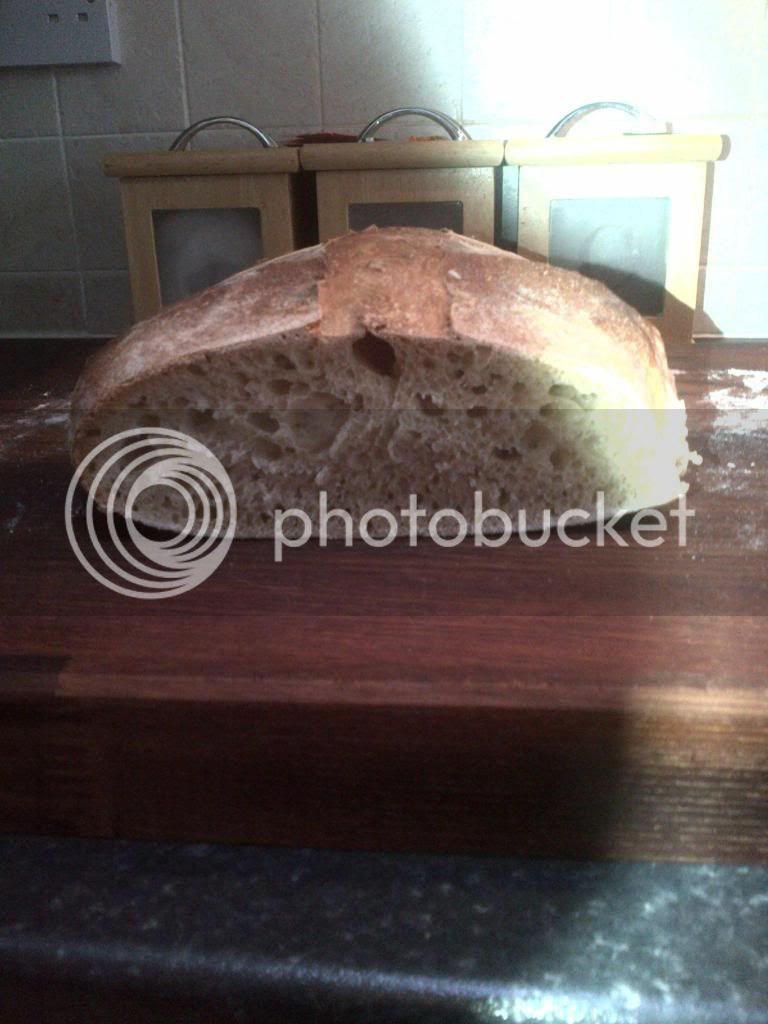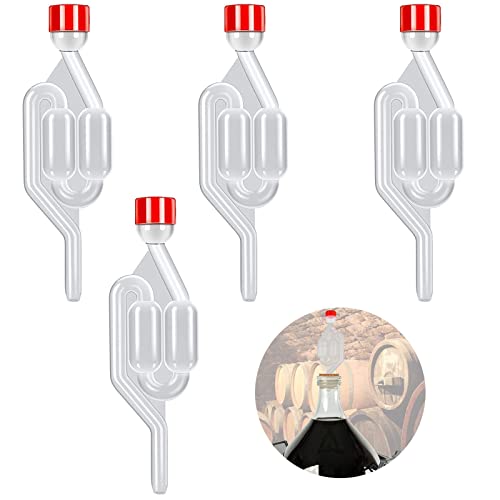mike383838
Well-Known Member
Gas mark 8 is about 234 Deg C so no where near 140....
I always get the oven and terracotta stone to 250 Deg at start then in goes bread, water for steam and immediately turn down to 200 for the first 10 mins. Vent stream out at this point and depending on how soft I want the crust I then turn down to 180-160. Learnt this from a full time bread baker. I like my bread really cooked so I prefer 180. If I reheat bread a day later I give it 15 mins at 150-160 deg to get that "just baked" finish. Works great for me. I would only bake at 140 for longer if I wanted to re-bake the bread later as it makes the bread very soft for my liking with no caramelised crust. Each to there own of course. Bakers always cook hot to start from my experience. I might try a slow long bake just to see if it has any benefits, say 140 for 45mins, just so I can be more specific on why I don't do it. LOL If I baked one of my loaves for 30mins at 140 it would simply not be cooked through so I'm not sure how that works for you.
Edit:-
Sounds to me like you have not proved the bread enough if crust is too thick at end of bake with high temps. One fallacy in relation to bread proving is that it should double in size. In the bakery there is some rise at proving time but not double like the books say. Proving should not be too warm or you get the yeast tired for the oven rise. As one baker told me after resting the mix for two hours it should only be handled with the force no more than a hand on a woman's chest :) Shaping the dough should be done with patience and resting the dough each time so as not the break the gluten strands. I prove at room temp with high humidity for 3 hours for sour dough and only after the yeast has fully activated and the dough can perform the window pane or putty test, then I know its ready for shaping and proving. The secret is not exausting the yeast before the oven bloom, and that's an amazing site for a bread baker. I wish I could explain this better, maybe I will do a youtube so you can see exactly what I mean by this.
I always get the oven and terracotta stone to 250 Deg at start then in goes bread, water for steam and immediately turn down to 200 for the first 10 mins. Vent stream out at this point and depending on how soft I want the crust I then turn down to 180-160. Learnt this from a full time bread baker. I like my bread really cooked so I prefer 180. If I reheat bread a day later I give it 15 mins at 150-160 deg to get that "just baked" finish. Works great for me. I would only bake at 140 for longer if I wanted to re-bake the bread later as it makes the bread very soft for my liking with no caramelised crust. Each to there own of course. Bakers always cook hot to start from my experience. I might try a slow long bake just to see if it has any benefits, say 140 for 45mins, just so I can be more specific on why I don't do it. LOL If I baked one of my loaves for 30mins at 140 it would simply not be cooked through so I'm not sure how that works for you.
Edit:-
Sounds to me like you have not proved the bread enough if crust is too thick at end of bake with high temps. One fallacy in relation to bread proving is that it should double in size. In the bakery there is some rise at proving time but not double like the books say. Proving should not be too warm or you get the yeast tired for the oven rise. As one baker told me after resting the mix for two hours it should only be handled with the force no more than a hand on a woman's chest :) Shaping the dough should be done with patience and resting the dough each time so as not the break the gluten strands. I prove at room temp with high humidity for 3 hours for sour dough and only after the yeast has fully activated and the dough can perform the window pane or putty test, then I know its ready for shaping and proving. The secret is not exausting the yeast before the oven bloom, and that's an amazing site for a bread baker. I wish I could explain this better, maybe I will do a youtube so you can see exactly what I mean by this.




























![BREWING THERMOMETER STICKERS ACCURATELY MONITOR FERMENTING BEER & WINE LIQUID TEMPERATURES 5PCS HOME BREW SPIRITS WINE LCD ADHESIVE [US]](https://m.media-amazon.com/images/I/311DDjo2X3L._SL500_.jpg)














